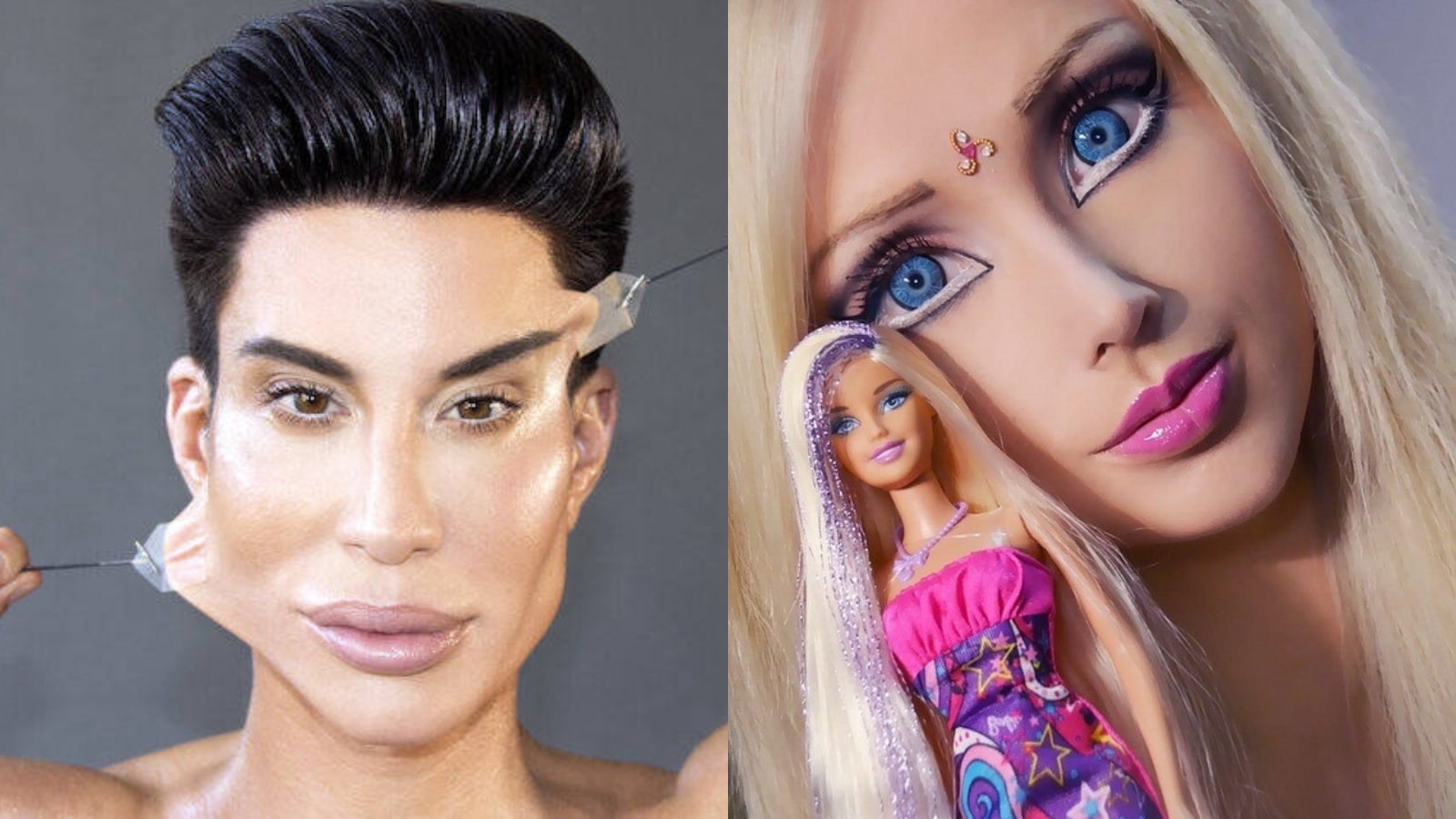
What are Neuro-Cardio-Facial-Cutaneous Syndromes? Neuro-Cardio-Facial-Cutaneous (NCFC) syndromes are a group of rare genetic disorders that share overlapping clinical features. These syndromes include neurofibromatosis type 1 (NF1), LEOPARD syndrome, Noonan syndrome, Costello syndrome, and cardiofaciocutaneous (CFC) syndrome. Each is caused by mutations in genes involved in the Ras/MAPK signaling pathway, which is crucial for cell growth and survival. Common symptoms include congenital heart defects, distinctive facial features, skin abnormalities, short stature, and intellectual disability. Diagnosing these syndromes can be tricky due to their similar characteristics, making genetic testing essential for accurate identification. Understanding these syndromes helps in providing better care and support for affected individuals.
Key Takeaways:
- Neuro-Cardio-Facial-Cutaneous syndromes are rare genetic disorders with heart defects, facial abnormalities, and skin issues. Each syndrome has unique characteristics and requires comprehensive care from a team of specialists.
- Genetic testing is crucial for diagnosing and managing NCFC syndromes. Support organizations like CFC International provide resources and a platform for families to connect and share experiences.
What Are Neuro-Cardio-Facial-Cutaneous Syndromes?
Neuro-Cardio-Facial-Cutaneous (NCFC) syndromes are a group of rare genetic disorders. They share common clinical features like heart defects, facial abnormalities, and skin issues. Let's dive into some fascinating facts about these syndromes.
-
Definition and Classification
NCFC syndromes are classified based on genetic and pathophysiological characteristics. Each syndrome has distinct clinical manifestations but shares some common features. -
Ras/MAPK Pathway
The Ras/MAPK pathway is crucial for cell processes like proliferation and survival. Mutations in this pathway lead to NCFC syndromes by disrupting normal cell signaling. -
Genetic Causes
Each NCFC syndrome is linked to specific gene mutations. For example, NF1 is caused by mutations in the NF1 gene, while Noonan syndrome is associated with PTPN11 gene mutations.
Common Clinical Features
NCFC syndromes have a variety of clinical features. Here are some of the most common ones.
-
Congenital Heart Defects
Many individuals with NCFC syndromes have heart defects like pulmonic stenosis and atrial septal defects. -
Facial Dysmorphia
Characteristic facial features include a high forehead, short nose, widely spaced eyes, and droopy eyelids. -
Skin Abnormalities
Common skin issues include dry, rough skin, dark-colored moles, and keratosis pilaris. -
Short Stature
Growth retardation is a frequent feature, leading to short stature in many individuals. -
Intellectual Disability
Moderate to severe intellectual disability is often observed in individuals with NCFC syndromes.
Specific Syndromes
Each NCFC syndrome has unique characteristics. Let's explore a few of them.
-
Cardiofaciocutaneous Syndrome (CFC)
CFC syndrome is marked by sparse, brittle hair, craniofacial dysmorphia, heart defects, and skin abnormalities. -
Noonan Syndrome
Noonan syndrome features subtle facial dysmorphia, heart defects, and short stature. -
Costello Syndrome
Costello syndrome includes pronounced facial dysmorphia, heart defects, and short stature. -
LEOPARD Syndrome
LEOPARD syndrome is characterized by facial dysmorphia, heart defects, and multiple lentigines (dark spots). -
Neurofibromatosis Type 1 (NF1)
NF1 is marked by café-au-lait spots, neurofibromas, and less common heart defects.
Diagnostic and Management Challenges
Diagnosing and managing NCFC syndromes can be tricky. Here are some key points.
-
Diagnostic Challenges
Overlapping clinical features make diagnosis challenging. Comprehensive genetic testing and clinical evaluation are essential. -
Genetic Testing
Genetic testing is crucial for diagnosing NCFC syndromes. Identifying specific gene mutations helps confirm the diagnosis. -
Management Guidelines
A multidisciplinary approach involving cardiology, dermatology, genetics, and neurology is necessary for managing NCFC syndromes.
Support and Research
Support organizations and ongoing research play a vital role in helping those affected by NCFC syndromes.
-
CFC International
CFC International is a nonprofit organization providing support and resources for families affected by CFC syndrome. -
Research and Future Directions
Research focuses on understanding the molecular mechanisms of NCFC syndromes. Identifying additional genes will help develop targeted therapies. -
Oncogenic Potential
The Ras/MAPK pathway is linked to cancer, increasing the risk of malignancies in individuals with NCFC syndromes.
Complications and Care
NCFC syndromes come with various complications that require specialized care.
-
Neurological Complications
Seizures and peripheral muscle weakness are common and significantly impact quality of life. -
Craniofacial and Dental Development
Craniofacial and dental abnormalities, such as craniosynostosis and dental malformations, need specialized care. -
Peripheral Muscle Weakness
Peripheral muscle weakness can lead to functional impairment, requiring physical therapy. -
Skeletal Muscle Pathology
Skeletal muscle pathology can result in muscle weakness and atrophy, affecting development.
Multidisciplinary Care and Family Support
Comprehensive care and family support are essential for managing NCFC syndromes.
-
Multidisciplinary Care
A team of specialists, including geneticists, cardiologists, dermatologists, and neurologists, is necessary for comprehensive care. -
Family Support
Organizations like CFC International provide a platform for families to connect, share experiences, and access resources.
Understanding Neuro-Cardio-Facial-Cutaneous Syndromes
Neuro-cardio-facial-cutaneous syndromes are a group of rare genetic disorders with overlapping features. They include conditions like Noonan syndrome, Costello syndrome, LEOPARD syndrome, CFC syndrome, and neurofibromatosis type 1. These syndromes share common traits such as congenital heart defects, facial dysmorphia, skin abnormalities, and short stature. Mutations in genes within the Ras/MAPK pathway cause these disorders, leading to abnormal cell behavior.
Diagnosing these syndromes can be tricky due to their overlapping symptoms. Genetic testing plays a crucial role in confirming diagnoses. Management requires a multidisciplinary approach involving specialists from various fields. Organizations like CFC International provide support and resources for affected families.
Ongoing research aims to better understand these syndromes and develop targeted treatments. Raising awareness and providing comprehensive care can significantly improve the quality of life for individuals with these conditions.
Frequently Asked Questions
Was this page helpful?
Our commitment to delivering trustworthy and engaging content is at the heart of what we do. Each fact on our site is contributed by real users like you, bringing a wealth of diverse insights and information. To ensure the highest standards of accuracy and reliability, our dedicated editors meticulously review each submission. This process guarantees that the facts we share are not only fascinating but also credible. Trust in our commitment to quality and authenticity as you explore and learn with us.


